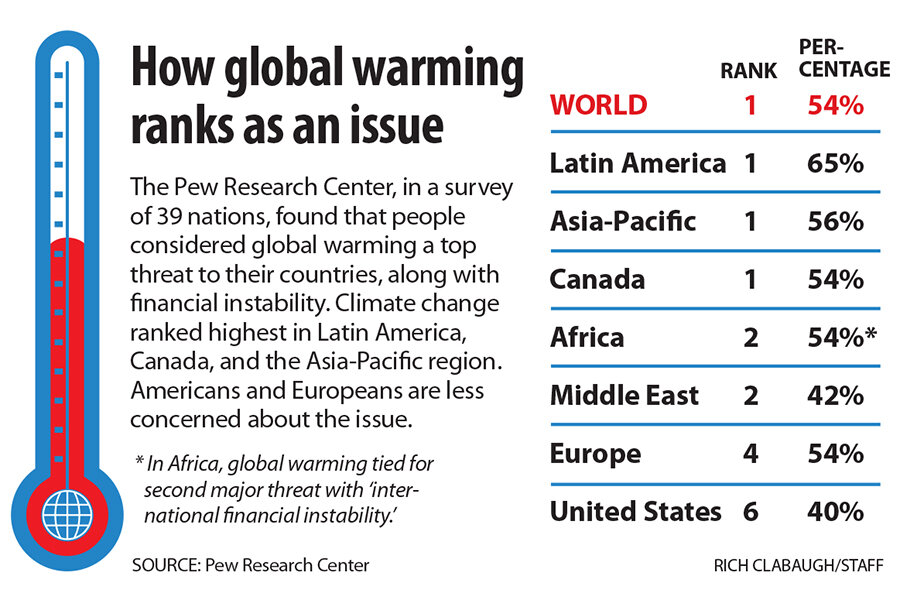Tens of thousands flood Manhattan streets for climate march
Loading...
An international day of action on climate change brought tens of thousands onto the streets of New York on Sunday, with organizers predicting the biggest protest on the issue for five years.
Some 100,000 people, including United Nations Secretary-General Ban Ki-moon, New York City Mayor Bill de Blasio and U.S. senators were expected to join the People'sClimate March in midtown Manhattan, ahead of Tuesday's United Nations hosted summit in the city to discuss reducing carbon emissions that threaten the environment.
Organizers said some 550 busloads had arrived for the rally, which followed similar events in 166 countries including Britain, France, Afghanistan and Bulgaria.
In London, organizers said 40,000 took part including actress Emma Thompson and musician Peter Gabriel. A march in Melbourne, Australia, drew 10,000 people, according to Associated Press reports.
"Today I am marching for my children. I am marching so they can live in a world without worrying about the next big storm destroying their community," said Bill Aristovolus, the superintendent of an apartment building in New York City's working-class Bronx borough.
A crowd including U.S. senators Bernard Sanders of Vermont and Sheldon Whitehouse of Rhode Island lined up along a mile (1.6 km) long stretch along New York's Central Park, bearing signs reading "stop tar sands" and "keep the oil in the ground." Marchers carried pictures of sunflowers and, at the rally's head, a banner reading "front lines of crisis, forefront of climate change."
The march was due to step off around 11:30 a.m. ET (1530 GMT), covering a 2-mile (3.2-km) route winding past Times Square.
Organizers billed the event as the largest gathering focused on climate change since 2009, when tens of thousands gathered in Copenhagen in a sometime raucous demonstration that resulted in the detention of 2,000 protesters.
De Blasio on Sunday unveiled a new plan for the city to reduce its greenhouse gas emissions by 80 percent from 2005 levels by 2050.
All 3,000 major city-owned buildings would be retrofitted with energy saving heating, cooling and light systems by then, he said, though meeting the commitment will also require significant investments by private landlords.
"Climate change is an existential threat to New Yorkers and our planet," de Blasio said. "Acting now is nothing short of a moral imperative."







